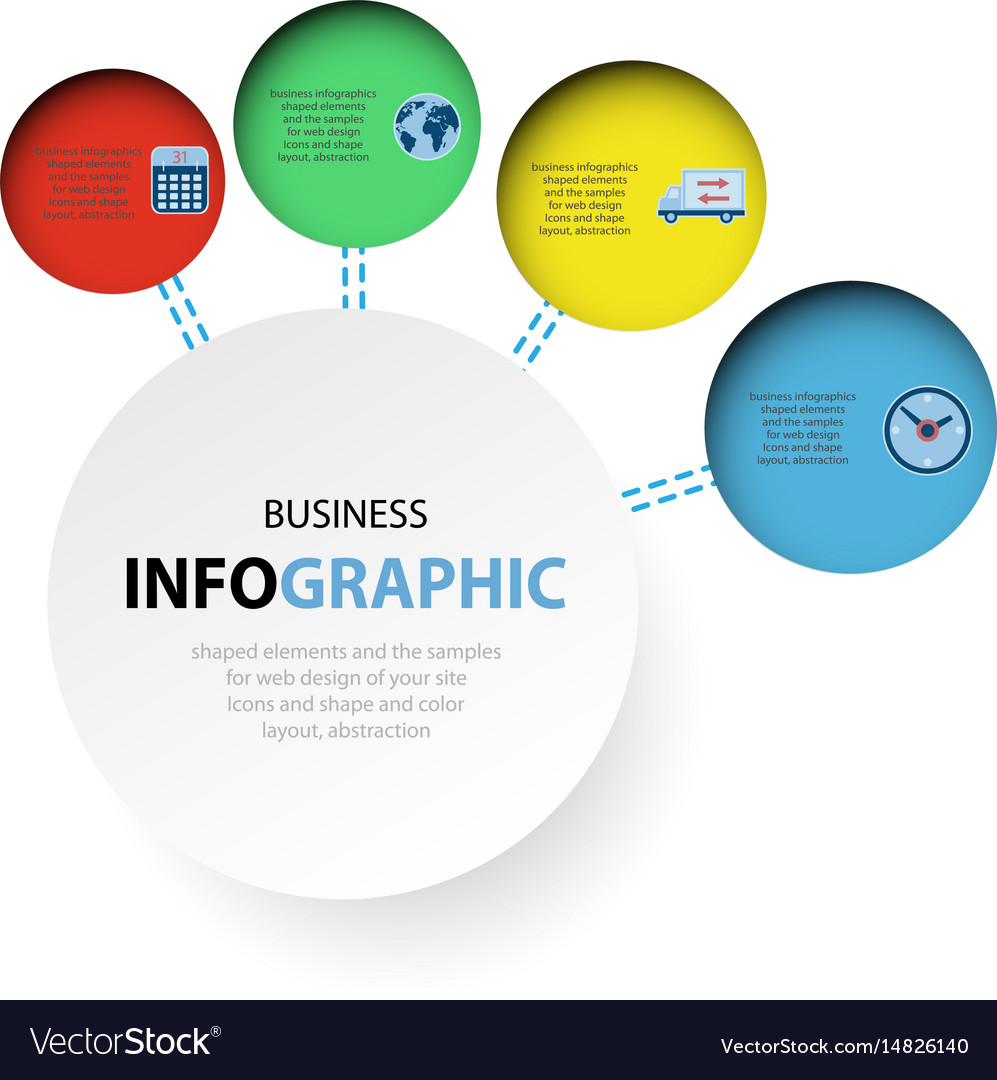Interested In Discovering How Internet Site Layout Has Progressed? Take A Trip With The Makeover
Interested In Discovering How Internet Site Layout Has Progressed? Take A Trip With The Makeover
Blog Article
Content Writer-Thorsen Peters
In the past, internet sites were straightforward and focused on information. Navigation was straight, and layout was for desktop computers. Now, individual experience is vital. Data guides designs for simple navigating. simply click the up coming article fit different tools. Today, dark mode minimizes stress, and minimal menus enhance navigation. Interactive attributes involve individuals, and bold visuals stick out. AI integration enhances interaction. See just how simply click the up coming site has evolved to boost your online trip.
Very Early Days of Web Design
In the very early days of website design, simplicity preponderated. Sites were standard, with limited colors, typefaces, and formats. The emphasis was on giving information rather than showy visuals. Individuals accessed the internet via slow dial-up links, so rate and capability were essential.
Navigation menus were straightforward, usually situated at the top or side of the web page. Websites were made for desktop computers, as mobile browsing wasn't yet prevalent. Material was king, and developers prioritized easy readability over complicated style aspects.
HTML was the primary coding language made use of, and designers had to work within its restraints. Animations and interactive features were minimal compared to today's standards. Websites were static, with little dynamic material or customized individual experiences.
Surge of User-Focused Layout
With the advancement of website layout, a shift towards user-focused design principles has come to be progressively prominent. Today, developing sites that prioritize individual experience is critical for engaging visitors and attaining organization objectives. User-focused layout involves comprehending the demands, choices, and habits of your target market to customize the internet site's format, web content, and includes accordingly.
Developers now conduct detailed research, such as individual surveys and usability screening, to collect insights and responses straight from customers. This data-driven technique helps in producing user-friendly navigation, clear calls-to-action, and aesthetically attractive user interfaces that reverberate with site visitors. By putting the user at the facility of the design procedure, web sites can supply an extra personalized and pleasurable experience.
Receptive layout has actually likewise become a vital facet of user-focused design, making certain that internet sites are optimized for different gadgets and screen sizes. This versatility boosts availability and usability, accommodating the diverse means individuals interact with sites today. In essence, the increase of user-focused style signifies a shift in the direction of creating digital experiences that focus on the needs and assumptions of completion individual.
Modern Trends in Website Design
Check out the most up to date fads shaping website design today. One famous pattern is dark mode design, using a smooth and modern appearance while reducing eye stress in low-light settings. An additional essential pattern is minimal navigating, simplifying menus and boosting individual experience by focusing on essential elements. Including micro-interactions, such as computer animated switches or scrolling effects, can produce an extra engaging and interactive site. Responsive style stays important, making certain seamless user experiences across numerous tools. Furthermore, using strong typography and unbalanced formats can add visual rate of interest and draw attention to particular material.
Incorporating AI innovation, like chatbots for customer support or tailored referrals, enhances customer involvement and improves processes. Access has likewise end up being a considerable pattern, with designers prioritizing inclusive style methods to deal with diverse user requirements. Embracing sustainability by enhancing website efficiency for speed and effectiveness is another arising pattern in web design. Collaborating with user comments and data analytics to repeat and boost design continually is vital for staying relevant in the ever-evolving digital landscape. By accepting these modern fads, you can produce a visually enticing, straightforward internet site that reverberates with your audience.
Conclusion
As you assess the development of website layout from the early days to now, you can see how user-focused layout has ended up being the driving force behind modern trends.
Accept the journey of adjustment and adaptation in web design, constantly maintaining the customer experience at the leading edge.
Remain current with the current patterns and technologies, and never ever quit evolving your technique to develop aesthetically spectacular and user-friendly websites.
Progress, adjust, and create - the future of website design is in your hands.
